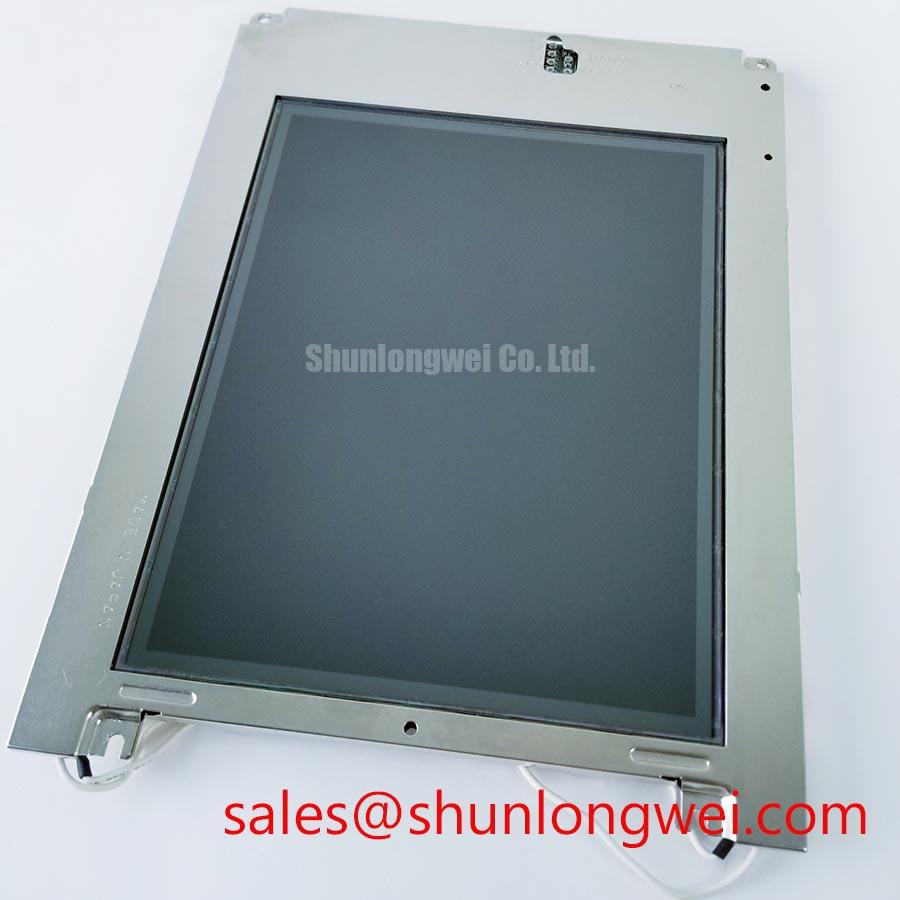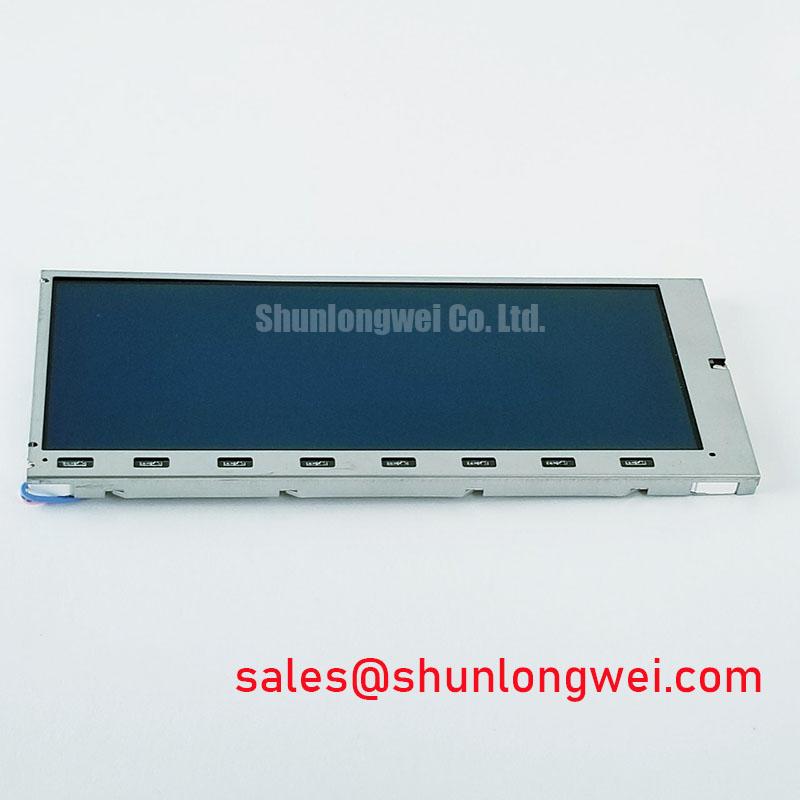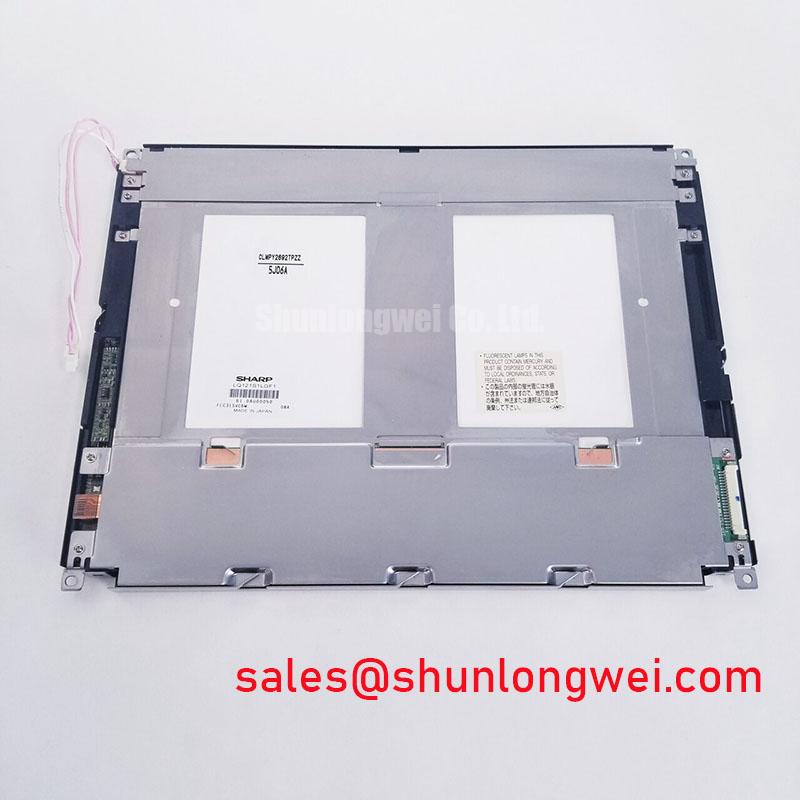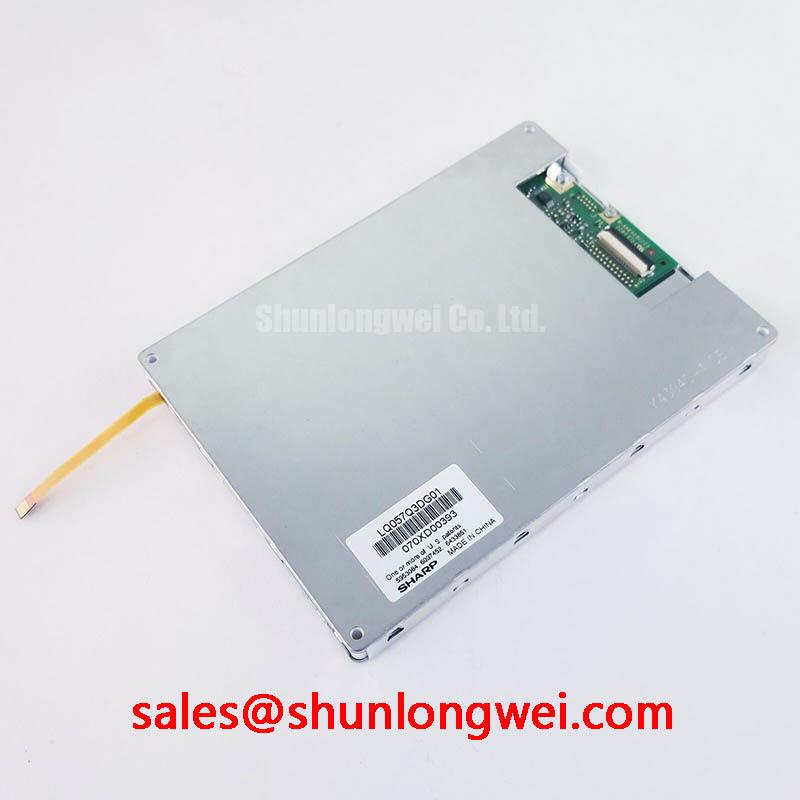Content last revised on November 13, 2025
Sharp LQ9D011K: An 8.4-inch SVGA TFT-LCD Engineered for Industrial Reliability
A Legacy of Reliability in Demanding Environments
The Sharp LQ9D011K is a robust 8.4-inch SVGA display engineered for long-term operational reliability and maintainability in critical industrial systems. While many modern displays prioritize slim profiles, the LQ9D011K focuses on durability and serviceability. Its key specifications are 640x480 VGA | 250 cd/m² Brightness | Field-Replaceable CCFL Backlight. This design provides two primary engineering benefits: exceptional component longevity and simplified long-term maintenance. For engineers seeking a proven display to maintain legacy HMIs or control systems, the LQ9D011K offers a direct-fit solution that minimizes redesign and requalification efforts. For industrial systems requiring a proven VGA display with a service-oriented design, the LQ9D011K is a benchmark for extending equipment lifespan.
Application Scenarios & Value
System-Level Benefits in Legacy System Maintenance and Repair
The true value of the Sharp LQ9D011K is realized in Maintenance, Repair, and Overhaul (MRO) scenarios for capital-intensive industrial equipment. Consider a CNC machine tool or a process control panel from the late 1990s or early 2000s, where the original HMI display has failed. Modifying the existing metal enclosure, power system, and signal interface for a modern display is often cost-prohibitive and requires extensive re-validation. The LQ9D011K is designed as a drop-in replacement for this exact challenge. Its 640x480 VGA resolution and parallel RGB interface ensure electrical compatibility with a generation of industrial controllers, eliminating the need for signal converters. Furthermore, its physical dimensions and mounting points were designed for the common enclosures of its era, simplifying mechanical integration. What is the primary benefit of its design? It allows technicians to restore critical equipment to its original operating condition with minimal downtime and system modification, preserving the integrity and validated state of the host machine.
Key Parameter Overview
Decoding the Specifications for Long-Term Serviceability
The technical specifications of the Sharp LQ9D011K are tailored for industrial applications where performance consistency and service life are paramount. The focus is less on cutting-edge metrics and more on proven, reliable technology that integrates seamlessly into existing systems.
| Parameter | Value & Engineering Significance |
| Screen Size | 8.4 inches, a standard size for legacy embedded HMIs, ensuring physical compatibility with existing enclosures. |
| Resolution | 640(RGB)×480 [VGA], matching the native output of many industrial controllers and embedded systems, which prevents scaling artifacts. |
| Display Technology | a-Si TFT-LCD, TN, Normally White. A mature technology known for its reliability and fast response times suitable for machine control interfaces. |
| Brightness | 250 cd/m² (Typical). Provides sufficient clarity for typical indoor industrial environments like control rooms and factory floors. |
| Backlight System | CCFL (2 pcs), Edge light type. Crucially, the backlight is a field-replaceable component, a key feature for extending the service life of the display far beyond sealed LED units. |
| Signal Interface | Parallel RGB (1 ch, 3-bit). Offers direct, low-latency connection to legacy CPUs and graphics controllers without the need for complex interface boards. |
Download the LQ9D011K datasheet for detailed specifications and performance curves.
Technical Deep Dive
The Engineering Rationale Behind a Serviceable, Legacy-Compatible Design
The design philosophy of the LQ9D011K is centered on Total Cost of Ownership (TCO) rather than initial unit cost. Two features exemplify this: the CCFL backlight and the standard parallel interface. While modern displays use integrated LED backlights, the LQ9D011K's use of a replaceable Cold Cathode Fluorescent Lamp (CCFL) is a deliberate choice for industrial longevity. Backlights have a finite lifespan and are often the first component to fail. Does the LQ9D011K have a replaceable backlight? Yes, and this is its core long-term value. Think of it like being able to replace the tires on a heavy-duty vehicle instead of the entire axle; it allows service technicians to target a known wear item in the field, drastically extending the operational life of the entire HMI unit at a minimal cost. This contrasts sharply with modern sealed displays where a backlight failure necessitates replacing the entire module.
Similarly, the choice of a parallel RGB interface, while seemingly dated, is critical for backward compatibility. It avoids the need for engineers to develop custom LVDS or eDP converters, or to modify the host system's firmware—a process that can trigger a costly and time-consuming re-certification of the entire machine, especially in regulated fields like medical devices. The LQ9D011K provides a path to repair and continuity, preserving the original system's validated state.
Frequently Asked Questions
What makes the LQ9D011K a strategic choice for repairing older industrial equipment?
Its combination of a standard 640x480 VGA resolution, parallel RGB interface, and common 8.4-inch form factor provides a high probability of being a direct electrical and mechanical drop-in replacement for a wide range of systems from manufacturers like Siemens, Allen-Bradley, and Fanuc, minimizing integration work.
Is the CCFL backlight still a viable technology?
For new designs, LED backlights are standard. However, for legacy system repair, CCFL is often the only path to a direct, plug-and-play replacement. It avoids redesigning the system's inverter board, which is engineered for the specific power requirements of a CCFL, ensuring the HMI's brightness conforms to the original system specification.
How does the 3-bit color depth (512 colors) impact its application?
The 512-color palette is well-suited for the graphical user interfaces of legacy industrial and medical systems, which typically rely on clear color-coding for status indicators, simple schematics, and text-based menus rather than photorealistic imaging.
What is the primary advantage of the 'Normally White' TN panel technology in this model?
In a 'Normally White' panel, a pixel is transparent (white) when no voltage is applied. In the event of a pixel or driver failure, the pixel will appear white rather than black. For many industrial monitoring applications, this is considered a safer failure mode as it is less likely to obscure adjacent critical information compared to a dead (black) pixel.
Can this display be integrated into a new system design?
While technically possible, the LQ9D011K is optimized for MRO and legacy support. For new designs, engineers would typically specify a display with a modern interface like LVDS or eDP and an LED backlight. However, for systems requiring an extremely robust and field-serviceable display, it could still be a consideration.
An Engineer's Perspective on Component Selection
From a design engineer's viewpoint, the LQ9D011K is a problem-solver for maintaining the vast installed base of industrial infrastructure. Its feature set is not about meeting the latest trends but about delivering a precise, reliable solution that respects the design constraints of existing systems. Choosing this module is a strategic decision to prioritize uptime, reduce service complexity, and maximize the return on investment of the equipment it serves. It embodies the principle of "if it isn't broken, don't fix it—but if it is, repair it efficiently." To learn more about selecting the right display technology, explore The Ultimate Guide to TFT-LCD or read about why Total Cost of Ownership Trumps Initial Price in industrial applications. For more information from the original equipment manufacturer, visit the Sharp corporate page.














